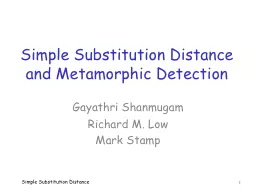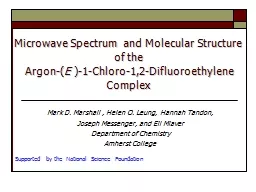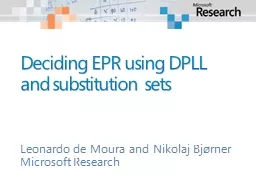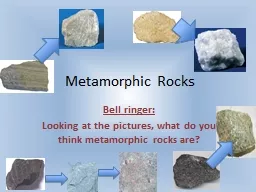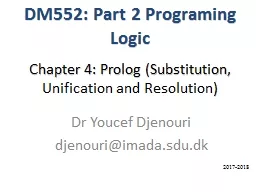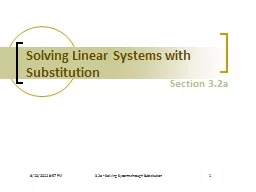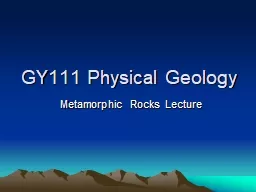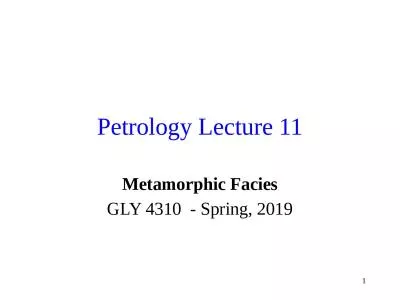PPT-Simple Substitution Distance and Metamorphic Detection
Author : marina-yarberry | Published Date : 2016-07-22
Simple Substitution Distance 1 Gayathri Shanmugam Richard M Low Mark Stamp The Idea Metamorphic malware mutates with each infection Measuring software similarity
Presentation Embed Code
Download Presentation
Download Presentation The PPT/PDF document "Simple Substitution Distance and Metamor..." is the property of its rightful owner. Permission is granted to download and print the materials on this website for personal, non-commercial use only, and to display it on your personal computer provided you do not modify the materials and that you retain all copyright notices contained in the materials. By downloading content from our website, you accept the terms of this agreement.
Simple Substitution Distance and Metamorphic Detection: Transcript
Download Rules Of Document
"Simple Substitution Distance and Metamorphic Detection"The content belongs to its owner. You may download and print it for personal use, without modification, and keep all copyright notices. By downloading, you agree to these terms.
Related Documents

